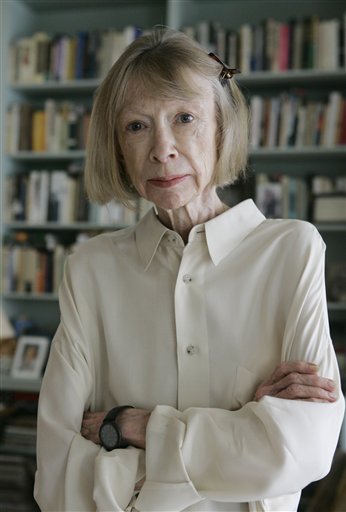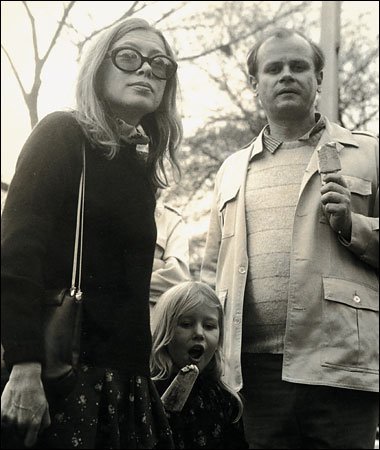Joan Didion: The Storyteller Journalist
“We tell ourselves stories in order to live.”
― Joan Didion, The White Album
Stories are what keeps us alive. Stories have the ability to entrance its audience like nothing else can. Stories will never go away.

The approach to how journalists have written has changed over the years. A wave of what was called New Journalism swept into the 1960’s and 70’s. This movement changed the way people thought journalism should be: showing news, not just telling the facts. It recognized the appeal of the literary format for storytelling and combined it with the traditional journalistic research approach to news stories. This format of integrating literary voice and making the news come to life like a book was started by several important figures: Tom Wolfe, Truman Capote, and Gay Talese.
Another such contributor was Joan Didion.
Receiver of the American Academy of Arts & Letters Gold Medal in Criticism and Belles Letters in 2005, National Book Foundation’s Medal for Distinguished Contribution to American Letters in 2007, Doctor of Letters from Harvard University in 2009, and an honorary degree from Yale in 2011—all accomplished by one lady.
The Guardian describes Joan Didion’s volume of essays, Slouching Towards Bethlehem (1968), as “long, breathless sentences that chart an inner turmoil combined with an astute eye for the times and what those times might mean.” She wrote about her feelings on California and the counter hippie culture there of the 1960’s. The book arose from her going to San Francisco due to writer’s block, or in her words she “had been paralyzed by the conviction that writing was an irrelevant act, that the world as I had understood it no longer existed.” In it are tales of children taking LSD and a woman setting her husband on fire when she ran out of milk one night.
Joan Didion was born December 5, 1934, in Sacramento, California, and spent most of her life there. Since her father was in the Army Air Corps, her family moved around a lot during World War II. As a child, she was shy and loved reading books. In an effort to learn sentence structure, Didion would type out many of Ernest Hemmingway’s stories as a teenager. Eventually, she would later use public speaking and acting to overcome her shyness.
Didion received her degree in English at the University of California in Berkeley. Her senior year, she earned a job as a research assistant at Vogue Magazine by winning Vogue’s prestigious Prix de Paris essay contest. Working at Vogue for many years, she eventually progressed to a contributing writer and then the associate features editor. Her first book Run River (1963) did not sell well but allowed her to receive a contract to write a second one.
While writing for the magazine in New York, she met her husband John Gregory Dunne. He, too, was a writer who wrote for Time magazine at the time. They married in 1964 and moved to Los Angeles. Quintana Roo eventually came into their lives as their adopted baby girl, named after a Mexican state on the East coast.

Joan with her family in 1970
Didion’s critically acclaimed second book Play It As It Lays (1970) describes a Hollywood actress being driven from reality through her discontent. She and her husband collectively wrote several screenplays, including Panic In Needle Park (1971), Play It As It Lays (1972, from her book), A Star Is Born (1981), and Up Close And Personal (1996).
Her other works include political novels A Book of Common Prayer (1977), Democracy (1984) and The Last Thing He Wanted (1996); book-length essays The White Album (1979), Salvador (1983), Miami (1987), After Henry (1992), and Political Fictions (2001). Didion’s 2003 compilation Where I Was From details her life in California.
Suddenly, tragedy struck her world. In 2003, Didion’s husband died of a heart attack. Her book about her grief, The Year of Magical Thinking, was published in 2005 just when her daughter also died of acute pancreatitis. She was presented the National Book Award for Nonfiction for the book. After her daughter’s death, she wrote a memoir entitled Blue Nights (2011) about motherhood and the loss of her daughter.
In 2013, former President Barack Obama presented Joan Didion the National Medal of Arts and Humanities. That same year, she received the PEN Center USA’s Lifetime Achievement Award.
Her legacy continues as a documentary was made by her nephew Griffin Dunne, available on Netflix, in 2017 entitled “Joan Didion: The Center Will Not Hold.”
The story of Joan Didion, now at the age of 83, continues moving forward and entrancing its audience like nothing else can.